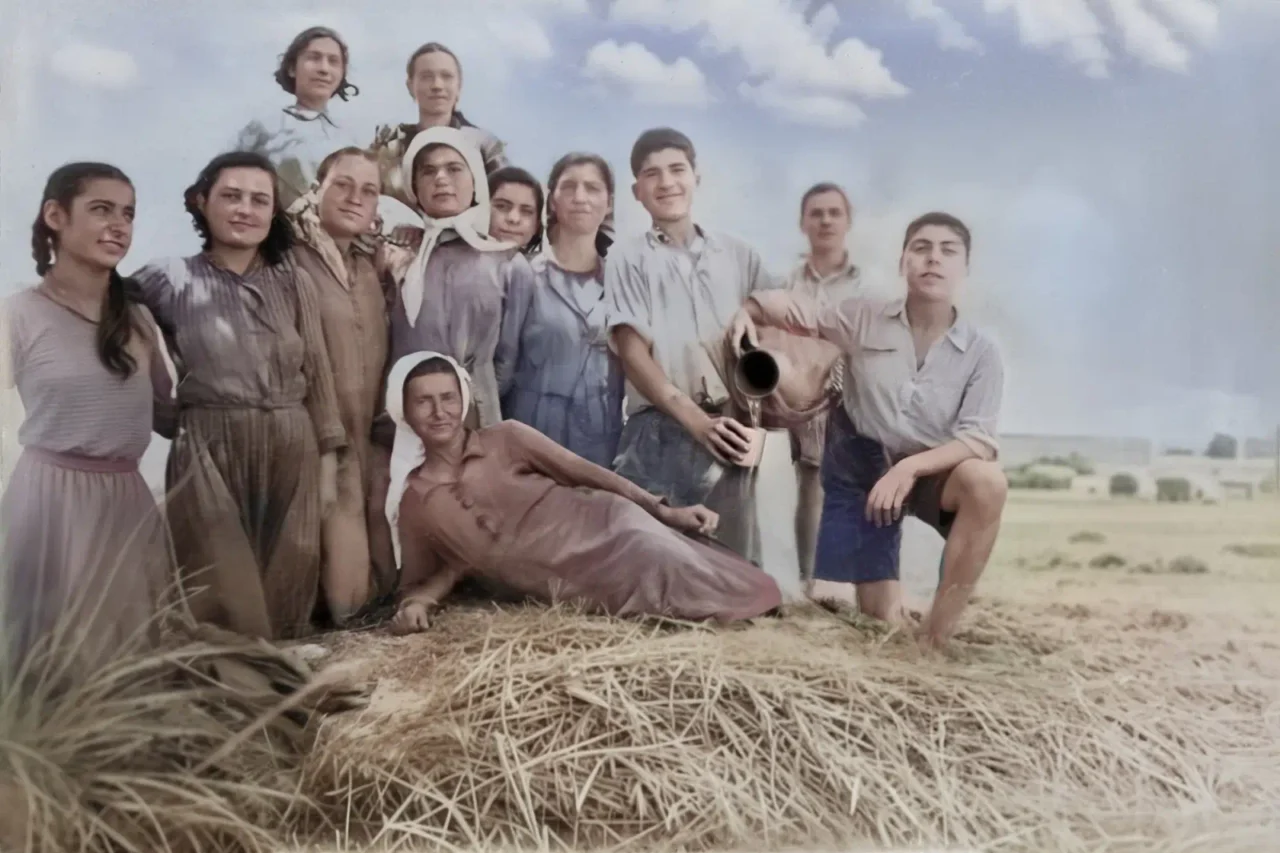
The Messara Plain on Crete wasn’t always the agricultural hub it is today. Geological studies point to its past as a massive lake. Sediments carried down from the mountains slowly filled it, leaving only the western part submerged. Even in the 1960s, drillings unearthed fossilized snail shells, a stark reminder of this watery past.
The Minoans, ever resourceful, adapted to this environment. Remnants of the lake during their era served as waterways. They had docks near Phaistos and further north, using boats to transport goods across the water.
Centuries later, in 1514, the Venetians, eager to exploit the fertile plain, decided to drain the lake. It was a brutal endeavor, taking 85 years and countless lives. Once dry, the land, owned by the Venetian state, became a tempting prize for the wealthy.
Enter Victor Mezeris, a lawyer and landowner from Heraklion. He’d seen rice cultivation in Italy and figured he could replicate it in Messara, thanks to its ample water sources. He hired workers from Petrokefali and the now-abandoned Flampanochori. Labor was often scarce, as the Venetians constantly needed workers in Heraklion.
In 1599, Mezeris wrote to the Venetian authorities, asking them to exempt his workers from forced labor in the city. He argued his rice cultivation would benefit Venice, which was facing grain shortages and war with the Ottomans. Venice agreed, but the first rice harvests were small and the quality poor, making it unpopular with the locals.
Rice farming in Messara continued on and off until the mid-20th century. It saw a revival after World War II, spearheaded by a company from Kastelliana. They leased land and partnered with local landowners to grow Carolina and Glacé rice. This time, the rice was high quality and sold well.
The 1960s were the peak of rice cultivation. Farmers plowed and leveled the land, creating small, watertight plots called “alitanes.” Rice seeds were sown in these plots, which were then flooded. Irrigation and weeding were constant tasks.
Harvesting was backbreaking work. Laborers cut the rice stalks with sickles and tied them into bundles. These were taken to threshing floors, where a machine separated the grains from the stalks. The rice, still in its husk, was shipped to Piraeus for processing.
But rice farming in Messara faced hurdles. The early rice varieties weren’t ideal, leading to poor quality. Stagnant water bred mosquitoes, spreading malaria. These problems, coupled with the key entrepreneur leaving, caused rice cultivation to fade away after 1957.
While rice is no longer grown in Messara, it’s a significant part of its history. The older generation remembers working in the fields, the songs, the friendships, the hard work. The story of rice in Messara shows the resourcefulness of its people, their willingness to adapt, and their strong ties to the land.

